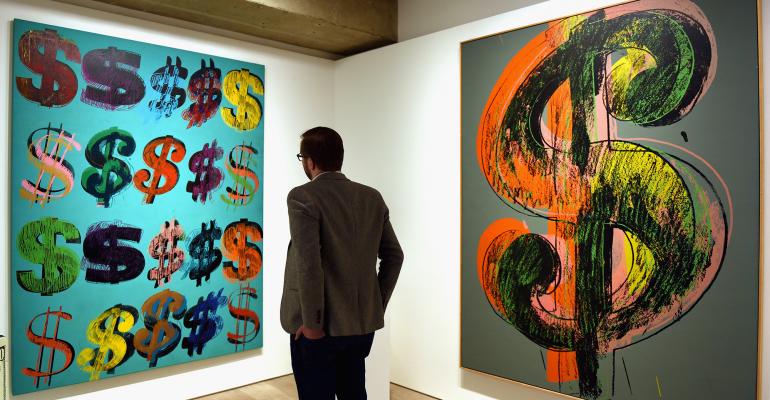The U.S. Department of the Treasury Office of Foreign Assets Control (OFAC) issued on Oct. 30, 2020, and released on Nov. 2, 2020, the advisory to art market participants, highlighting the risk of incurring penalties stemming from dealings in high-value artwork associated with blocked persons and entities. This advisory comes on the heels of the U.S. Senate Subcommittee on Investigations’ report issued on July 29, 2020, which demonstrated the facility with which foreign bad actors are able to evade OFAC sanctions and engage in money laundering through art market purchases.
The government usually takes this step—issuing a warning—as a precursor to embarking on some sort of action so that a target can’t later complain that it wasn’t put on notice of the risks associated with violating a sanction. This is all the more important as a violation of OFAC regulations is a strict liability offense: You don’t have to know that the person or entity with whom you are dealing either directly or indirectly through an intermediary has been blocked or sanctioned for you to be found to have violated the sanction imposed.
The advisory has provided us with an interesting piece of information. Footnote 2 on the first page of the advisory states:
“For the purposes of this advisory, when considering whether an item is “high-value artwork,” OFAC would urge particular caution when dealing with artwork with an estimated market value of more than $100,000.”
Potential Monetary Threshold for Penalties
Clients should be advised that the government will focus on some sort of monetary threshold when considering whether to impose monetary penalties for violating sanctions. This may be it. The same is true with the Bank Secrecy Act (which imposes on financial institutions the requirement to file reports of cash transactions exceeding $10,000), some of whose provisions will likely be incorporated in the mandatory AML protocols to be imposed on art market participants probably sometime next year.





